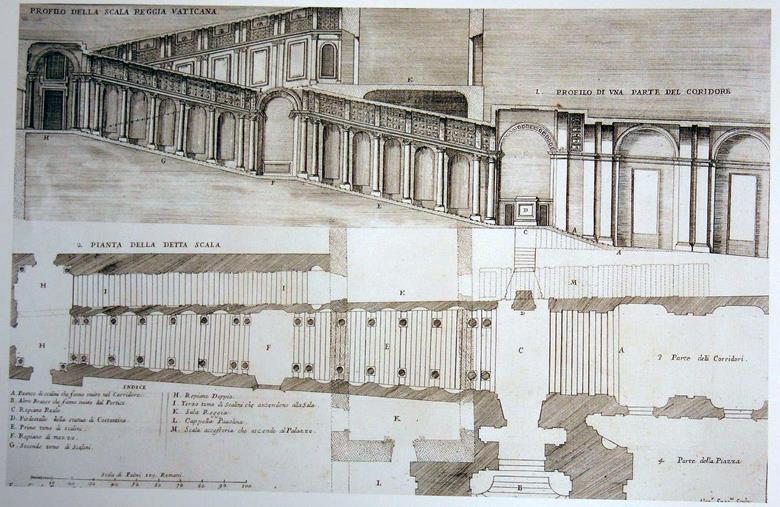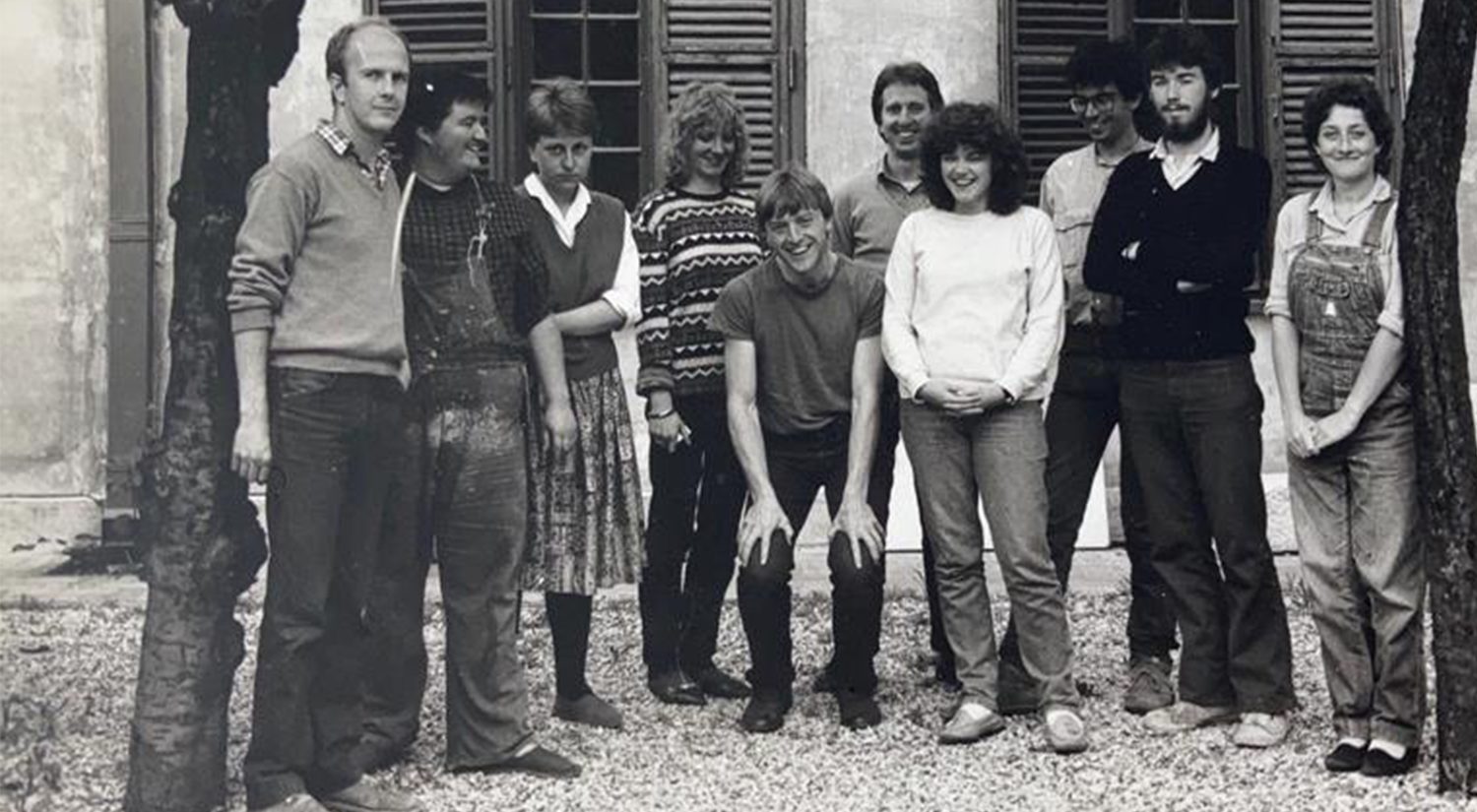Bob Allies on Rome and the value of learning from the past
By Eleanor Jolliffe
Eleanor Jolliffe talks to the Allies and Morrison founder about a formative period in his early career
“John Tuomey applied for the Rome scholarship the same year I did. However, James Stirling had justwon the commission for the Neue Staatsgalerie, and wanted John to work on it, so he withdrew hisapplication. Just as well really,” Bob Allies muses, “John probably would’ve got it if we were competing”. It’s with this rather characteristic modesty that Allies, co-founder of Allies and Morrison, describes theapplication that led him to spending nine months in Rome between 1981 and 1982 as the Rome scholar in architecture. Allies had applied to the British School at Rome (BSR) four years after fi nishinghis Part 2, while working for Michael Brawne.
His time in Rome was spent considering the parallels between Renaissance architecture andMannerism. Allies found himself fascinated by the evolution of architecture in this time from a stylisticrule that considered the building as a perfect object, to one prepared to adapt or adjust to somethingmore complex. This shift was one he saw mirrored in the changes in modernism in the 1980s.
Rome, Allies explains, opens your mind. It’s not so much what you achieve, or draw, or write whenyou’re there – but the resource it gives you that helps in design later. The themes which formed hisRoman research would go on to inform and inspire Allies, and his friend Graham Morrison, when theyset up their practice after his return from Rome. Allies acknowledges that this sense of a sort ofevolved complexity still inspires the work of their practice, Allies and Morrison, to this day.
I think many Rome scholars would agree with Allies. For those I’ve spoken to over this series ofinterviews, most, if not all, of their Roman research is still sitting in notebooks and on harddrives.However, whether they went into careers in practice or academia, the principles of design and spacethey discovered in Rome have survived as a constant thread and inspiration in their subsequent workand careers.

Plan and section of Bernini’s Scala Regia, from Templum vaticanum et ipsius origo by Carlo Fontana Allies is no different really. He wrote two essays during his time in Rome one of which was published,and one which still sits in a ring binder on his bookshelf. This unpublished essay considered Bernini’sScala Regia- a staircase that forms part of the ceremonial entry to St Peter’s by the Pope. It is famousfor its clever use of perspective, narrowing as it ascends, thus appearing grander from the base.
It is not new to scholarship, but Allies considered it from above (a perspective hard to achieve for theaverage tourist but one that the BSR’s permissions offi cer enabled him to get). The illusion viewedfrom above is one Allies described as “still and calm, as if you are looking into a perfect volume”. Hesaid this calm gave one great serenity- perhaps preparing popes for their entry into St Peter’s Basilica.
“I enjoyed thinking about that” Allies recounts. “We still think about that in the practice – there’s moreto making spaces than forming parallel sides”.

His published Roman essay considered the Palazzo del Te at Mantua- a superbly “weird” Manneristbuilding. The key here was the ingenuity with which the architect Giulio Romano applied the classicalorders to what was a pre-existing facade. The importance of this project is in accommodating therealities of the pre-existing, Allies notes.This will always be important he adds. History is always worthinvestigating – it makes you think more deeply about what you’re doing today. Allies’ time at the BSR was mind expanding and confi dence building. He would meet his late wifethere, and the BSR seems to sit in the background of much of his subsequent career. Allies recountsnot only the libraries and the buildings he visited, but the trips the scholars and artists organisedtogether. Seeing a site through the eyes of an architect, an artist, an historian, an archaeologist, all ofwhom are engaged in the world of Rome – you can’t easily replicate that kind of experience.

The BSR Allies went to, and which remains today, is a social place with its core of staff and residentscholars and a constant fl ow of transient academics and students. Mary Beard passed through whenAllies was there, and noted structural engineer turned archaeologist Janet DeLaine led them aroundthe Baths of Caracalla. Visiting these places with a specialist is a privilege Allies notes, you experiencethem with an intimacy you would never otherwise have.
Allies is now Chair of the Faculty of Architecture at the BSR. He’s passionate about creatingopportunities for more architects, especially those from under-represented backgrounds, to experiencesomething of life there. The summer school he launched last year led by O’Donnell and Tuomey willcontinue in 2024. I have promised not to reveal who will lead it but Allies has managed to fi ndsomeone as exciting as the RIBA Gold Medal winners and I envy those who will participate!
Allies’ aim though is to keep architecture at the BSR alive – he has spoken to myriad young architectsabout their applications over the years. He is optimistic about the future of architecture at the BSR -and quietly evangelical about the potential impact even short periods of time in its unique environment can have on young architects. It galvanised him, giving him the energy and perseveranceto establish his own practice. It has done the same for the many scholars I’ve interviewed in thisseries.
It may seem an odd, old fashioned sort of idea – to send architects to Rome to learn about architecture.However, I hope this series has demonstrated some of the diversity of careers and experiences thathave resulted. The positive impact on our profession is profound- and we shouldn’t undervalue that.
The BSR in two words according to Bob Allies? Eye-opening and time-expanding. Long may it continueto be thus.














